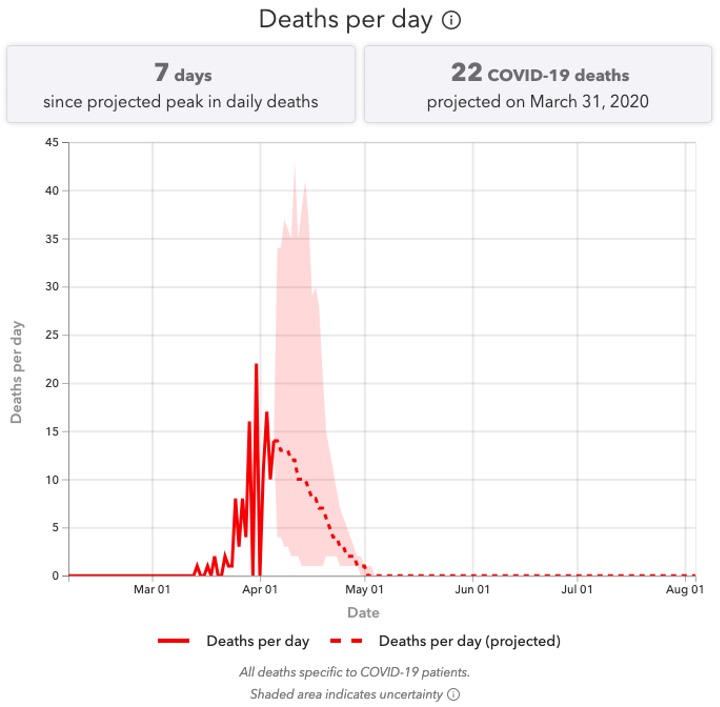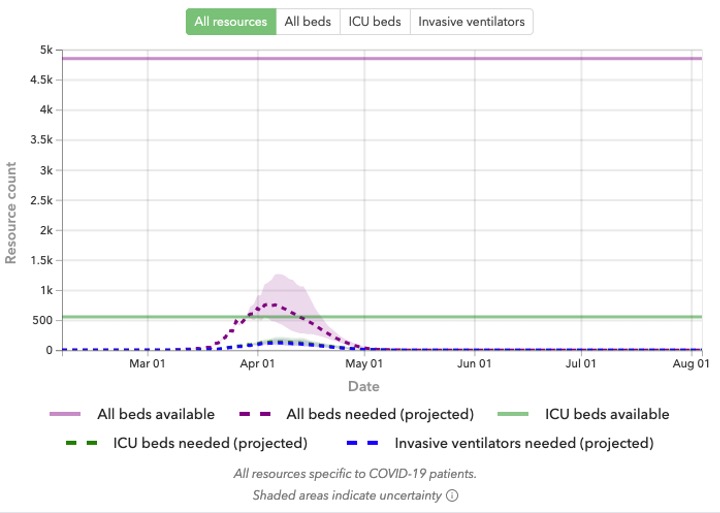I found a short survey on the National Geographic website yesterday, where I could compare my tendency to tell lies to the same tendency in other people my age. According to the survey results, people over the age of 60 (like me) typically claim that they tell an average of two lies over a 24-hour period. National Geographic says younger people tells lies more often than older people. Maybe we older folks simply don’t have the energy required to support a fictional story?
You can take the very short survey here.
Unfortunately, the NG survey relies on self-reporting… so we have no idea if people over 60 (like me) who are reporting an average of two lies per 24-hour period, are lying about it… and if younger people are simply more willing to admit to the number of lies they tell each day.
We have, meanwhile, that oft-quoted comment by American writer and humorist Mark Twain:
Figures often beguile me, particularly when I have the arranging of them myself; in which case the remark attributed to Disraeli would often apply with justice and force: ‘There are three kinds of lies: lies, damned lies, and statistics.’
Today, I’d like to discuss possibly the most heinous type of untruth: Statistics. We’re currently suffering, globally, from three dangerous crises: an alleged ‘pandemic’ resulting from a virus first identified by Chinese medical experts; a global economic meltdown; and a mind-numbing overload of statistics and predictions.
I confess to having recently shared some of those mind-numbing statistics here in the pages of the Pagosa Daily Post. For example, yesterday in Part Two of this editorial series, we shared a couple of graphs produced by IHME — the University of Washington’s Institute for Health Metrics and Evaluation — that appear to show both the number of new confirmed cases of COVID-19, and total fatalities due to the disease, already at their peak here in Colorado. The graphs predict a slow decline in cases and fatalities over the rest of April, falling to ‘zero’ around the first of May.
Here’s one of those graphs again… for predicted deaths in Colorado. IHME’s dotted line shows the ‘most likely’ progress, while the shaded pink area shows the ‘uncertainty’ of the projection.

The Colorado Hospital Association, however, has taken issue with IHME’s statistical output. Colorado Governor Jared Polis and other state officials have been relying on a model built by researchers at the University of Colorado Anschutz Medical Campus — while the federal government appears to be basing its decisions on the IHME model.
The Colorado Hospital Association sent out a press release yesterday:
“The state shared its modeling data yesterday, which shows that Colorado is making progress in flattening the curve through extensive social distancing efforts, but that cases continue to increase. That is why it is crucial that Coloradans continue to practice social distancing and stay at home, to protect vulnerable neighbors and ensure that the capacity of our health care system can manage this pandemic.
“However, other models, such as the COVID-19 Projections from the Institute for Health Metrics and Evaluation (IHME) at the University of Washington, that have been distributed show that cases in Colorado may have already peaked. Unfortunately, we believe those studies may mislead Coloradans into thinking this is behind us, when in reality, it isn’t. That data doesn’t align with what is actually happening in Colorado hospitals currently – which we are tracking very closely…”
If you look closely at the IHME graph for hospital beds, it appears to show about 750 beds needed at the peak of the outbreak in Colorado, which the model says is taking place this week…

The Colorado Hospital Association begs to disagree.
“As of this morning, there were 1,228 Coloradans hospitalized with COVID-19 or with COVID-19 symptoms. That number has grown steadily since mid-March, when hospitals began reporting this data to the state. Many of these patients require a supportive hospital stay, which includes oxygen to breathe, fluids, monitoring and medication administration…
“The IHME study suggests that 110 ventilators will be adequate to support Coloradans who become sick with COVID-19. We know that there are nearly four times that number of patients on ventilators in Colorado hospitals today. Not only does this undercut the volume of COVID-19 and COVID-19-suspect patients in our hospitals, but it also entirely misses the other ICU patients who may need to be on a ventilator as well…
“We are all looking forward to the day when we can return to a more normal way of life, but as Governor Polis noted yesterday, we are not there just yet. On behalf of Colorado’s hospitals and our thousands of providers who are doing the heroic work of trying to save as many Coloradans’ lives as possible during this pandemic – we ask that the public continue their heroic role by staying home and social distancing.”
I’m personally encouraging people to follow the current public health orders that have been imposed by various state and local governments. I do not wish to see a single additional person killed by the novel coronavirus. And I accept the validity of a recent article by Sarah Kliff and Julie Bosman published on Sunday in The New York Times, suggesting that the number of people suffering and dying from COVID-19 has been under-reported by our health agencies — unintentionally, due mainly to a lack of testing? — and that it continues to be under-reported.

That New York Times article was thoughtfully illustrated with the picture shown above, taken by photographer Bob Miller, accompanied by this caption:
Lina Evans, the coroner in Shelby County, Alabama, said she is now suspicious about a surge in deaths in her county earlier this year, many of which involved severe pneumonia.
We have a compounded problem. The statisticians would like us to believe that they actually have reliable data about what’s happening with a recently identified, poorly understood viral epidemic in a nation of 330 million people spread out over 3.7 million square miles… knowing that the nation has an insufficient capacity to test the population… and knowing that the tests (according to at least one local public health service) are often inaccurate… and knowing that many people remain asymptomatic even when infected… and knowing that the symptoms are nearly identical to other common viral infections such as influenza…
In the face of all these statistical challenges, we have the problem that the flow of information — globally, and here in the US — is subject to various political agendas.
